anaerobic digestion
The majority of Taurus RNG’s anaerobic digestion is done in partnership with feedlots, which process only cattle manure. For our other projects, please contact us here.
About Taurus RNG’s Anaerobic Digestion Process
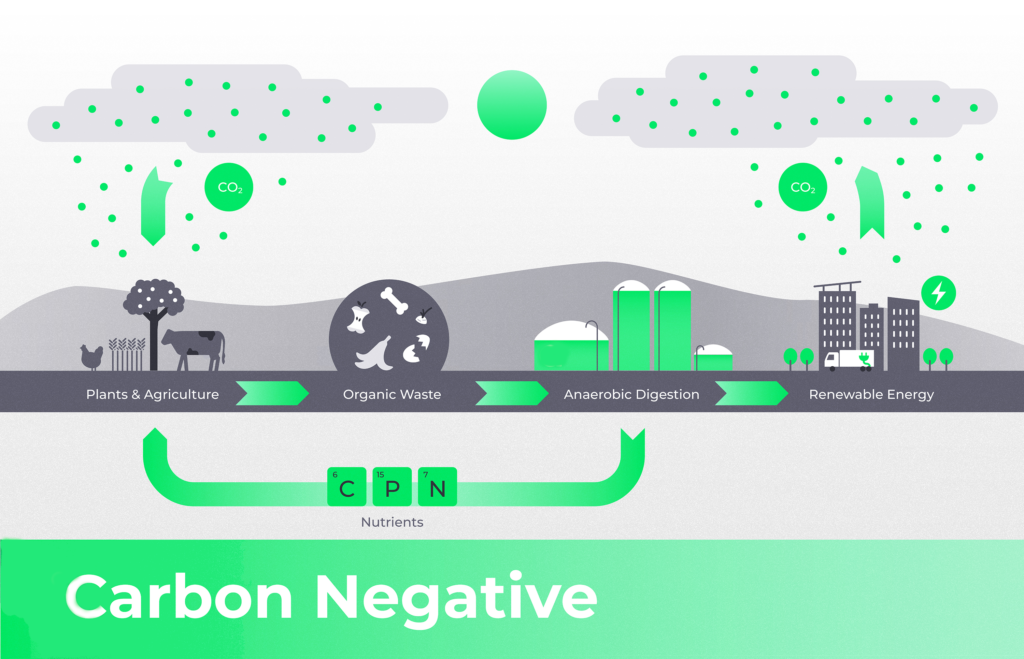
In our feedlot-specific anaerobic digestion process, no external organic material will be processed by the facility, only fresh produced manure which is fed into an anaerobic digesters where a biological process will digest the feedstock to produce two outputs: biogas and digestate.`The biogas is captured in the digesters tank and filtered to remove carbon dioxide (CO2) and other impurities to produce Renewable Natural Gas (RNG) that meets the specifications for injection into the existing natural gas pipeline system. The digestate (solid and liquid material) is a nutrient rich product that can be spread onto agricultural land according to the Best Management Practices. Digestate is simply “exhausted” manure where the gas has been removed and the naturally occurring nutrients in the manure are preserved and converted into more readily available forms.
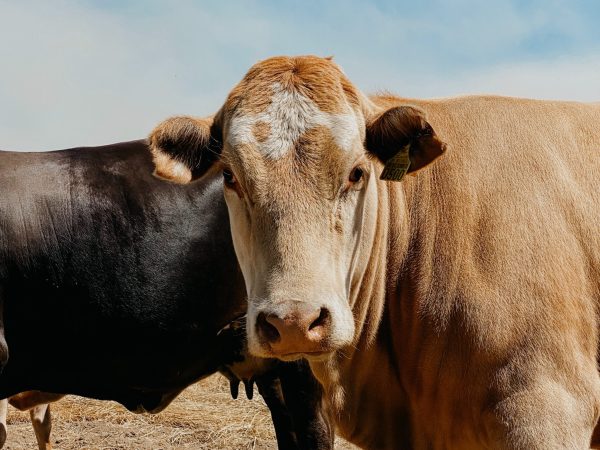
Step 1: Manure collection
Livestock manure is collected from the farms on a frequent basis to ensure best quality and will be transported to the facility by truck. The facility processes 100% manure only; no external feedstock will be brought into the facility. The manure is stored inside the processing building to contain any potential odours generated by the stockpile.
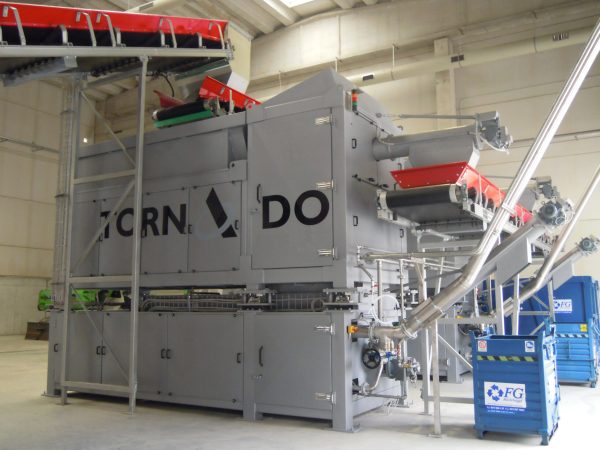
Step 2: Feedstock Processing
Inside the processing building, manure is fed into the pre-treatment system and diluted with digested and processed water to create a slurry and to remove rocks and small stones. The vast majority of the liquid utilized for manure dilution is recirculated into the process; the remaining process water will be sourced from an existing water licence holder.
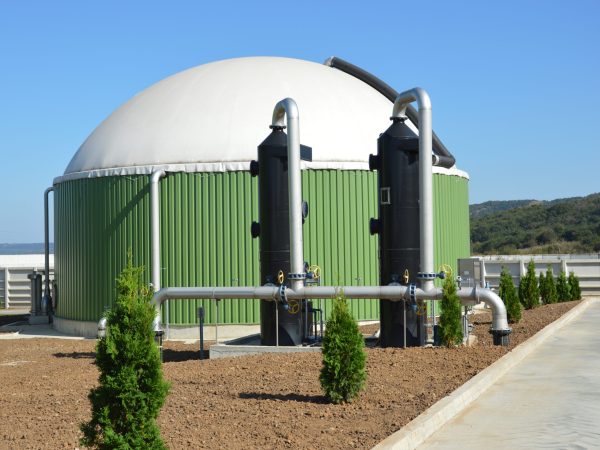
Step 3: Anaerobic Digestion
The slurry is pumped into fully enclosed tanks where it will be maintained at 40 degrees Celsius in an oxygen-free environment for up to 30 days. During this step, natural microbiological processes will break down the organic material to produce two products: biogas and nutrient-rich digestate.
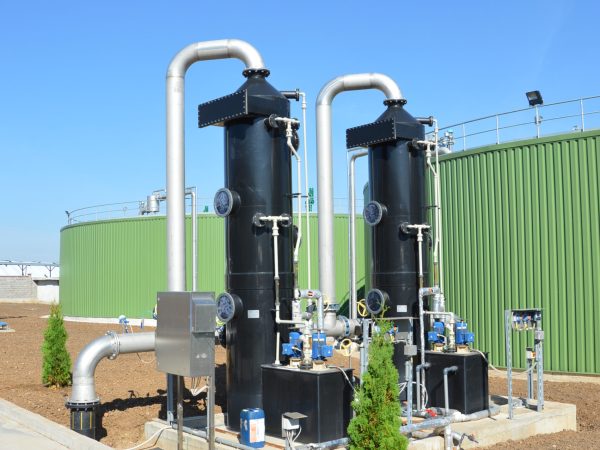
Step 4: Biogas Upgrading
The gas clean-up system will remove carbon dioxide (CO2) and other impurities from the biogas to upgrade its quality and meet pipeline specification. This biogenic CO2 can optionally be further purified and either sequestered or beneficially re-used.
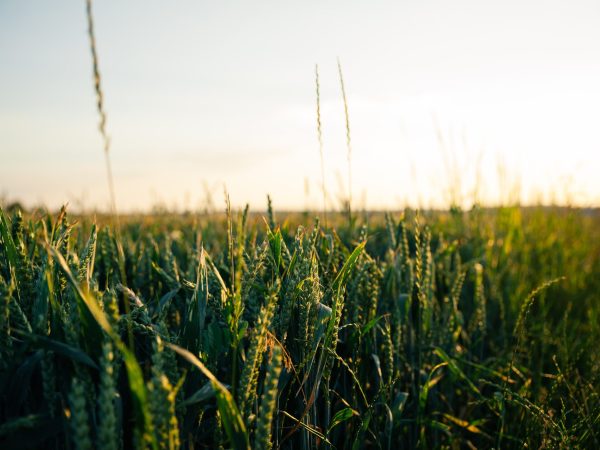
Step 6: Digestate handling system
After the digestion process, the digestate is processed through a nutrient recovery system to harvest valuable nitrogen. The processed liquid is recycled to the head of the facility to reduce water consumption by up to 70%.The solid digestate, rich in phosphorous, will be spread onto agricultural land, as is currently being done with livestock manure.
The liquid digestate will be collected in an on-site lined and covered lagoon waiting for liquid application on farm land during the farming season. Liquid digestate is a valuable source of readily available nitrogen to enhance plant growth and displace synthetic urea.
Contact Us
We are actively developing projects across North America and welcome all enquiries, from process to partnerships.